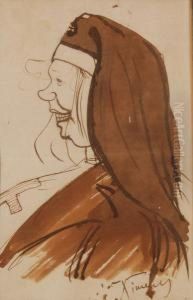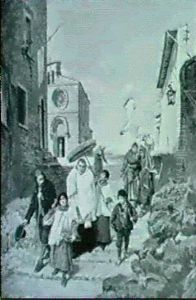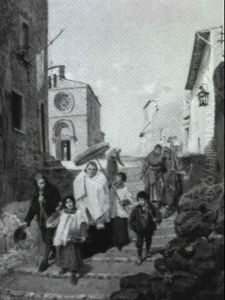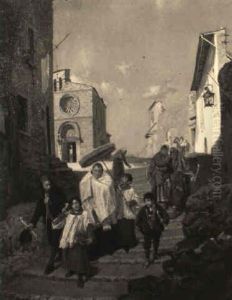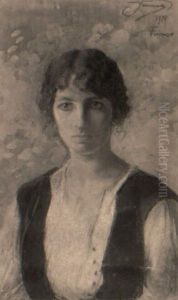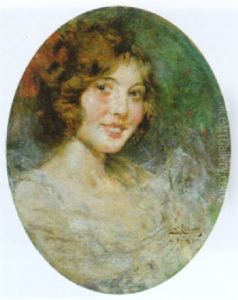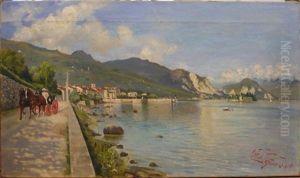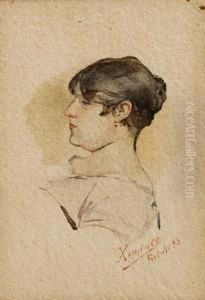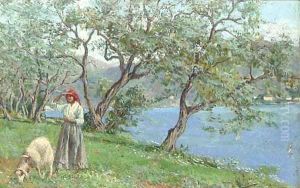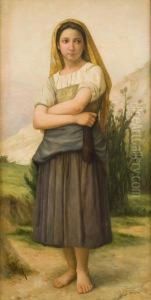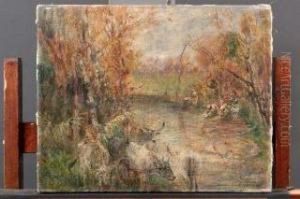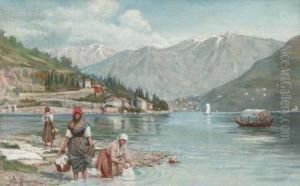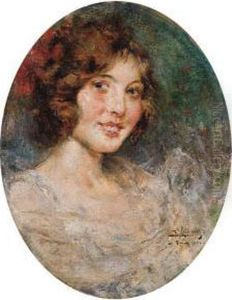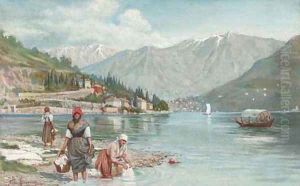Ettore Ximenes Paintings
Ettore Ximenes was an Italian sculptor born in Palermo, Sicily, on April 12, 1855. He gained prominence in the late 19th and early 20th centuries, with a career that spanned more than 50 years. Ximenes trained at the Academy of Fine Arts in Naples, where he developed his skills under the guidance of notable instructors. He then moved to Rome, where he further honed his craft and established himself as a respected artist.
Ettore Ximenes's works were characterized by a blend of realism and symbolism. He was known for his public monuments, portrait busts, and allegorical groups, often creating sculptures that were both aesthetically appealing and rich in narrative content. His style was rooted in the academic tradition, but he also incorporated elements that reflected contemporary tastes and the influence of Art Nouveau.
Throughout his career, Ximenes participated in numerous international exhibitions, including the Paris Exposition Universelle in 1900, where he received significant acclaim. He also completed several important commissions in Italy and abroad, contributing to the cultural landscapes of cities with his monumental works. His sculptures can be found in public squares, parks, and museums, leaving a lasting legacy that continues to be studied and admired.
Ettore Ximenes's contribution to art extended beyond his sculptures. He was also a painter and an illustrator, showcasing his versatility and artistic vision across different media. Additionally, he was engaged in teaching, passing on his knowledge and techniques to a new generation of artists.
The artist's career was marked by accolades and recognition, which included being awarded honors by the Italian government. Ettore Ximenes died on December 20, 1926, in Rome. His death marked the end of a prolific period in Italian sculpture, but his works remain as a testament to his talent and the cultural richness of his era.
